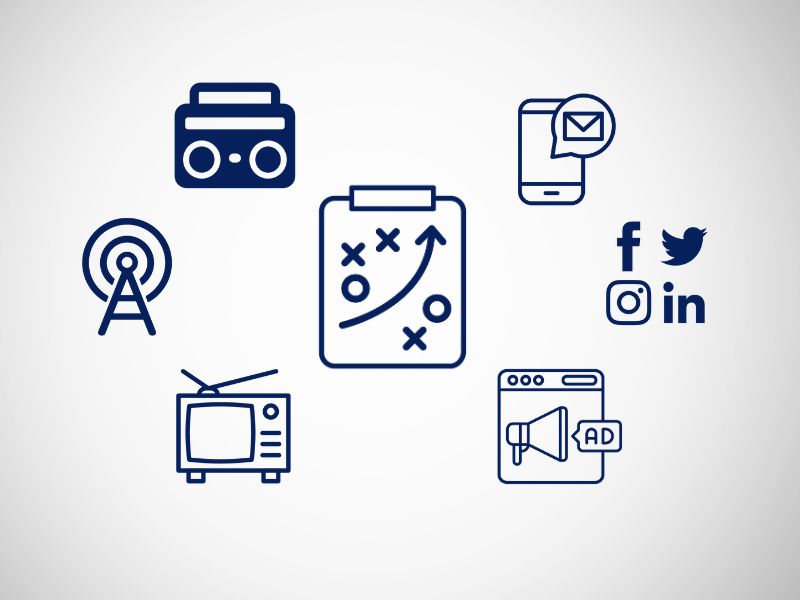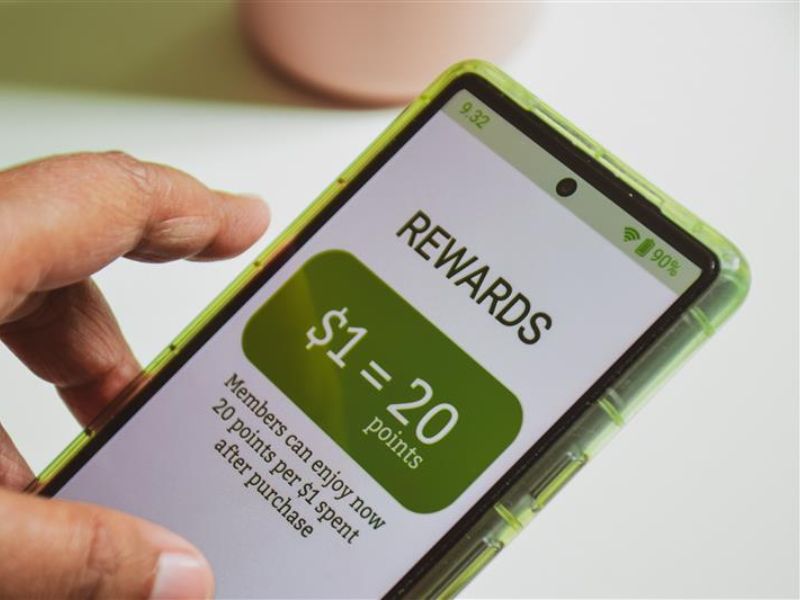
The Upside of Down

During the Great Recession, I kept returning to one belief: in every downturn, there’s opportunity. I called it the “upside of down.” Brands that leaned in, while others pulled back, came out stronger.
Here we are in 2025, facing a new set of economic uncertainties. Whether or not you're seeing direct effects today, it's smart to ask, “How will my brand respond when budgets tighten or consumer behaviors shift?” Because downturns will come. How you respond could define your brand’s next era of growth.
How Smart Brands Thrive in Economic Downturns
Don’t Take Your Ball and Go Home
When the market contracts, the instinct to cut back on marketing is strong. But both history and data show that brands maintaining visibility emerge with stronger awareness, loyalty, and share of voice when compared to brands that cut back or turned off their marketing.
Today, it’s not about spending more. It’s about spending smarter. Brands that evolve their strategy come out ahead.
Use the Marketplace to Your Advantage
Downturns are pressure tests. The smartest marketers double down on performance, relevance, and relationships.
Here’s where to focus:
1. Mine Your First-Party Data
Your CRM, loyalty programs, POS systems, and app data can hold the keys. Use that data to segment audiences, predict churn, and prioritize high-value customers.
- Who’s most profitable?
- Who’s at risk of leaving?
- What messaging has triggered action in the past?
Leverage these insights to optimize media spend and/or personalization across channels.
2. Deepen Customer Connections Through Owned & Earned Media
Social platforms, email, and loyalty apps are cost-efficient tools to stay close and stay relevant to your customers. Use them to:
- Share value, not just promotions
- Invite feedback, co-creation, or UGC
- Enable seamless reordering or drive-through pickup from mobile
For QSR and retail brands, social commerce and location-targeted engagement can maintain frequency and even grow basket size.
Here's how to build stronger relationships through community engagement.
3. Test & Learn With Purpose
Economic shifts often drive behavioral shifts. Use this time to pilot and refine:
- Creative messaging (e.g., value)
- New ad formats (short-form video, shoppable CTV, etc.)
- Micro-targeted campaigns
Be nimble and open to small-scale failures. The learning will shape your 2026 playbook.
Be Clear on Your Value, Not Just Your Price
It’s tempting to default to discounting. But unless price is your only lever (and for most brands, it’s not), focus on what truly sets you apart:
Short-term discounting may drive traffic but risks long-term brand equity. Customers remember who stood for more than price.
Learn more about value based marketing.
Media Inventory is More Plentiful
Media costs often dip in down markets, especially non-digital or traditional media channels. With fewer brands competing for attention, CPMs drop and inventory expands.
That’s your opportunity to:
- Test new channels (e.g., programmatic media, retail media networks)
- Secure flexible short-term buys with high impact
- Retarget lapsed users more aggressively
If you're still in traditional buys (like out-of-home or broadcast), reassess efficiency. Look for audience-based guarantees or performance tie-ins.
And regardless of channel, demand transparency and optimization. Ensure your partners are providing post-campaign insights, make-goods, and continuous optimization.
The Upside of Down
Downturns don’t just test your brand. They can sharpen it.
Be proactive. Be performance minded. Use your data, your team, and your customer relationships to operate from a place of confidence.
Brands that stay visible and valuable earn the right to lead when the economy rebounds.


.jpg)

